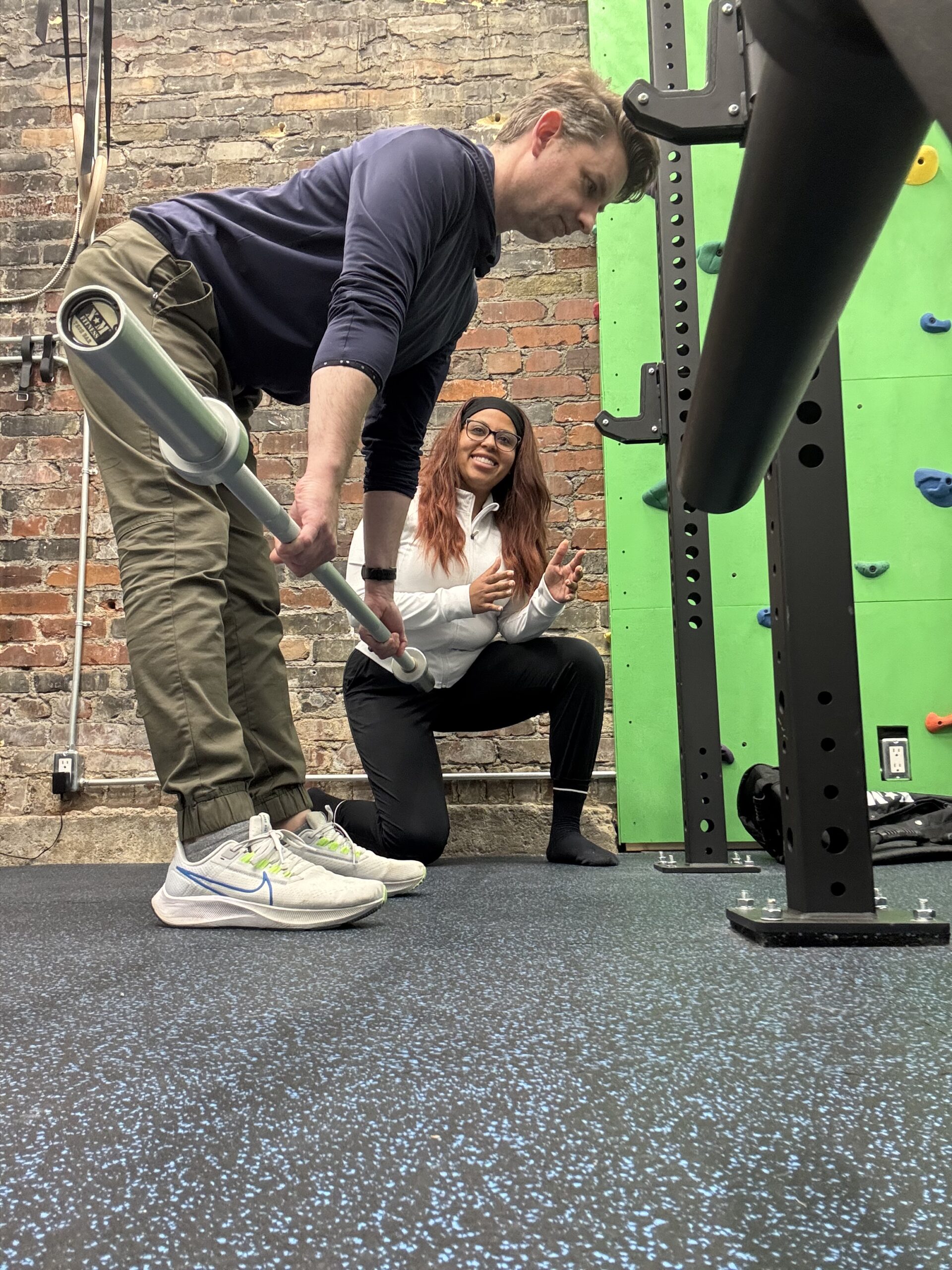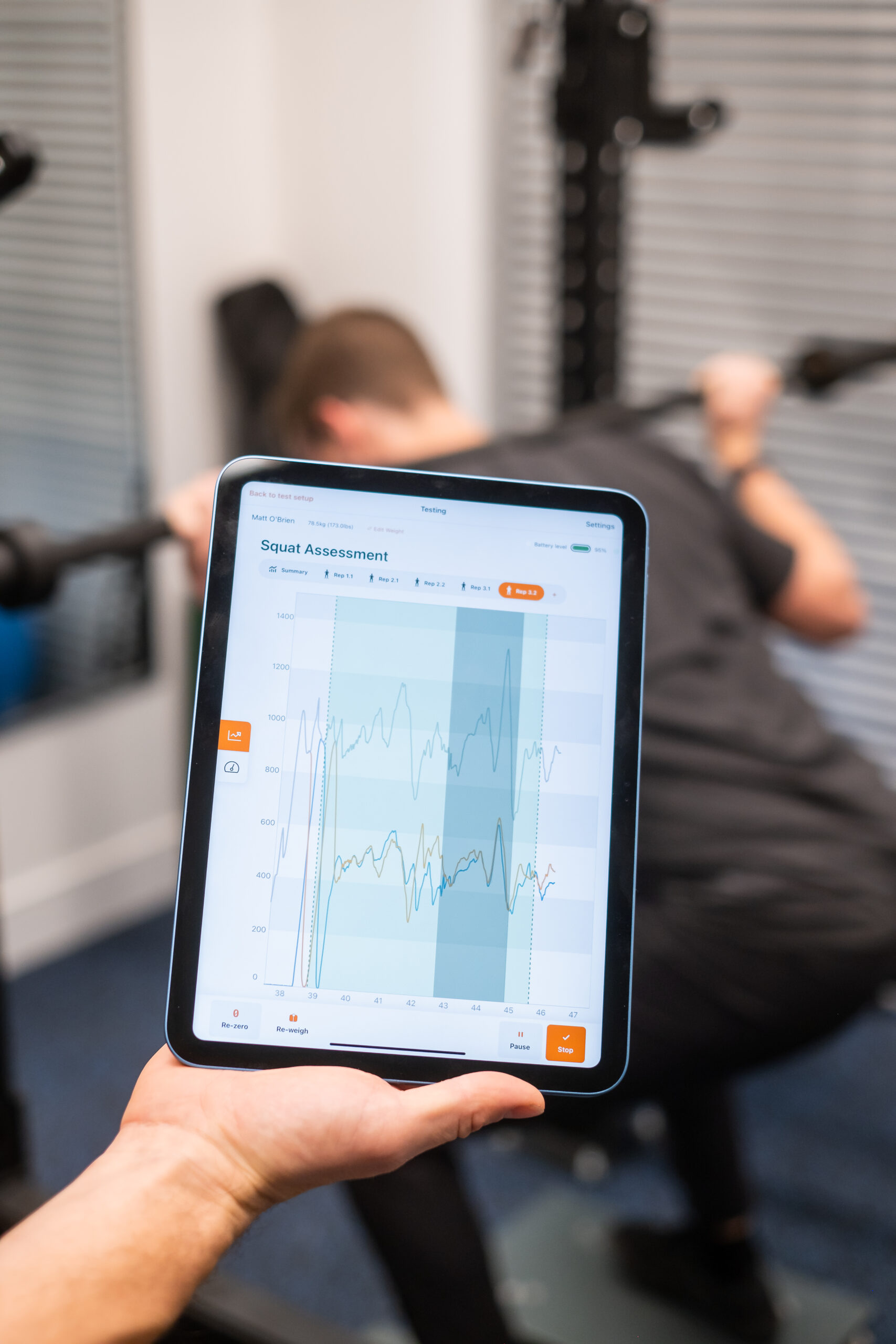“I feel stiff” “My hip is stuck” “My extensions are restricted”
These are common statements from dancers and performers even though they might be the stretchiest people in your clinical practice.
Without a personal background in dance, clinicians might find themselves thinking “this person has excessive range of motion, I need to strengthen them, not mobilize them”. But here’s the reality; dance, circus, and other artistic athletics all require extreme ranges of movement to achieve the skills required by the activities themselves. Research shows that hypermobility has a considerably higher prevalence than the general population (up to 72%), with 44% of dancers reported as hypermobile.
Hypermobility is a spectrum. Not having a diagnosis of Ehlers Danlos Syndrome or a positive Beighton score, does not mean the absence of hypermobility. Hypermobility comes with stretchy tissues, more delicate, lacey texture connective tissues, and a reduced ability to generate tensile strength. Traditional stretches require that the muscle origin and insertion points are moved away from each other and assume the joint between those two points has a limited laxity. With joint hypermobility the joint proper has increased movement and increased connective tissue stretch so achieving that traditional soft tissue stretch or “release” is often a challenge.
This is why your dancers and stretchy people are craving this sensation of release and are having trouble finding it.
In my practice as a dance physio I explain hypermobility a lot, and help my patients understand why they are having trouble finding the release they are seeking. We then work together to find ways they can achieve their end range and full mobility. I do use a lot of joint proprioception, stability and strength training. This is really important as joint sense is reduced in hypermobility. The stability and strength training is critical for building tensile force and for injury prevention. Finally, using joint mobilizations to focus on joint accessory movements rather than soft tissue stretching.
Physiotherapy helps through empowering these patients with evidence-based understanding of how their tissues work. Manual therapy is incredibly valuable for offering safe and effective mobility strategies for hypermobile populations.
I am a big fan of teaching self-mobilization and mobilizations with movement. Self-care strategies offer safe and effective tools for independent care and help you keep your patients on track between visits. I’ve included a link to a full set of self-mobilization skills and a webinar I recorded with Dr. Amy Werner. Amy is a dance physio in Oregon and together we created this resource package to be available for clinicians everywhere accessed through Embodia and Pivot Dancer.
Take home words of wisdom are not to be afraid of finding movement in your hypermobile populations and to use mobilizations as a safe tool to accomplish the sensation of tissue release they are looking for.
Resources:
Dance Science Clinical Membership https://goteamup.com/p/4493058-pivot-dancer/memberships/180705/
Self Mobilization techniques for Dancers, Performers and All Humans https://embodiaapp.com/courses/1743-self-mobilization-techniques-for-dancers-performers-and-all-humans-dinah-hampson-pivot-dancer-amy-werner
References:
Steinberg, N., Tenenbaum, S., Zeev, A. et al. Generalized joint hypermobility, scoliosis, patellofemoral pain, and physical abilities in young dancers. BMC Musculoskelet Disord22, 161 (2021). https://doi.org/10.1186/s12891-021-04023-z
Skwiot M, Śliwiński G, Milanese S, Śliwiński Z (2019) Hypermobility of joints in dancers. PLoS ONE 14(2): e0212188. https://doi.org/10.1371/journal.pone.0212188
Katie Phan, Leslie L. Nicholson, Claire E. Hiller, Cliffton Chan,
Prevalence and unique patterns of lower limb hypermobility in elite ballet dancers,
Physical Therapy in Sport, Volume 41, 2020, Pages 55-63,
Hypermobility and Dance: A Review
Abstract: http://www.thieme-connect.com/products/ejournals/abstract/10.1055/s-0031-1273690
Full text HTML: http://www.thieme-connect.com/products/ejournals/html/10.1055/s-0031-1273690
Full text PDF: http://www.thieme-connect.com/products/ejournals/pdf/10.1055/s-0031-1273690.pdf
Dinah Hampson
BA, BSc.PT, FCAMT, RISPT
FOUNDER Pivot Sport Medicine & Pivot Dancer
Registered Physiotherapist
Dip. Manual & Manipulative Physiotherapy, Dip. Sport Physiotherapy, Progressive Ballet Technique (PBT) Certification Jr to Advanced levels, Certified pelvic physiotherapy
Dinah Hampson is a registered physiotherapist with 20+ years experience. She holds both a post-graduate Diploma in Sport Physiotherapy and in Advanced Manual and Manipulative Therapy. Dinah is a member of the Healthy Dancer Canada Network and of the International Association of Dance Medicine Science. Dinah was classically trained in ballet, danced with the Young Dancer’s Company of the Newfoundland Dance Theatre and Musical Theatre productions. Dinah regularly assesses and treats dancers from professional dance training programs and companies as well as community/competitive dancers. Dinah is the owner of Pivot Sport Medicine in Toronto, Ontario.



